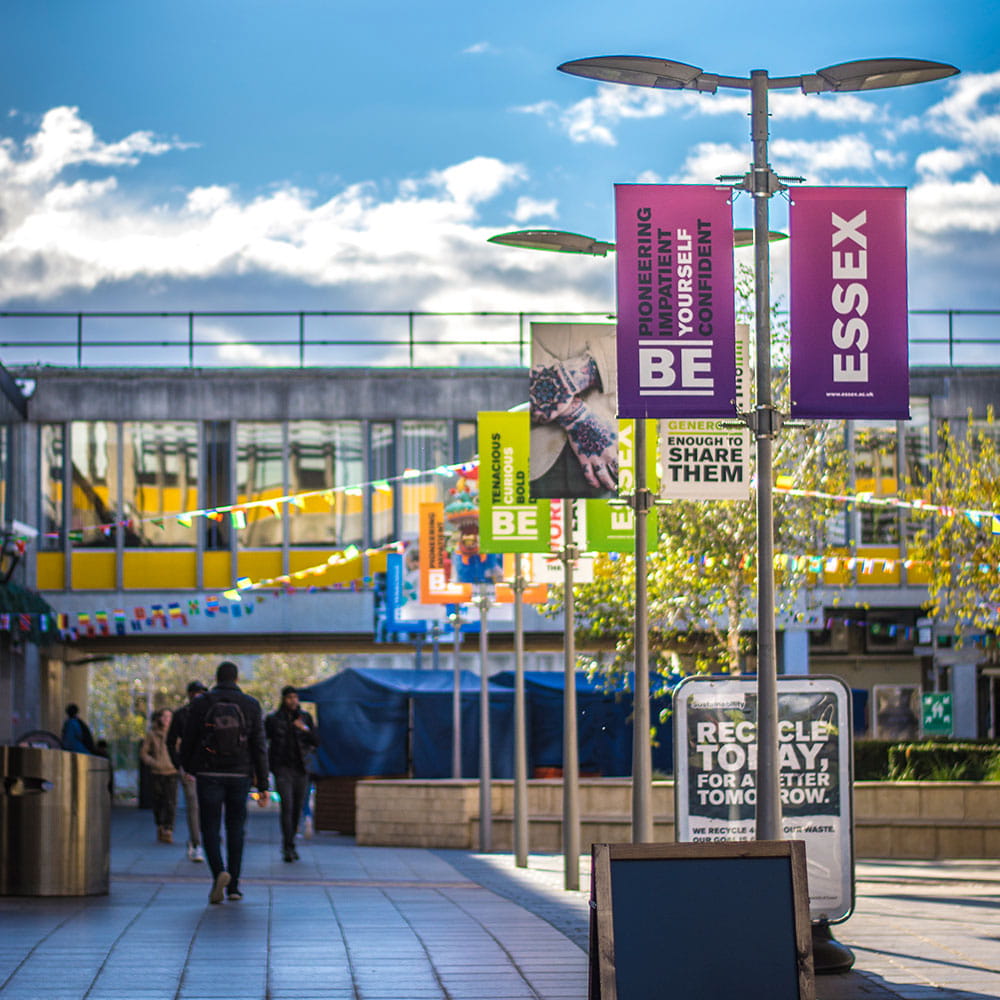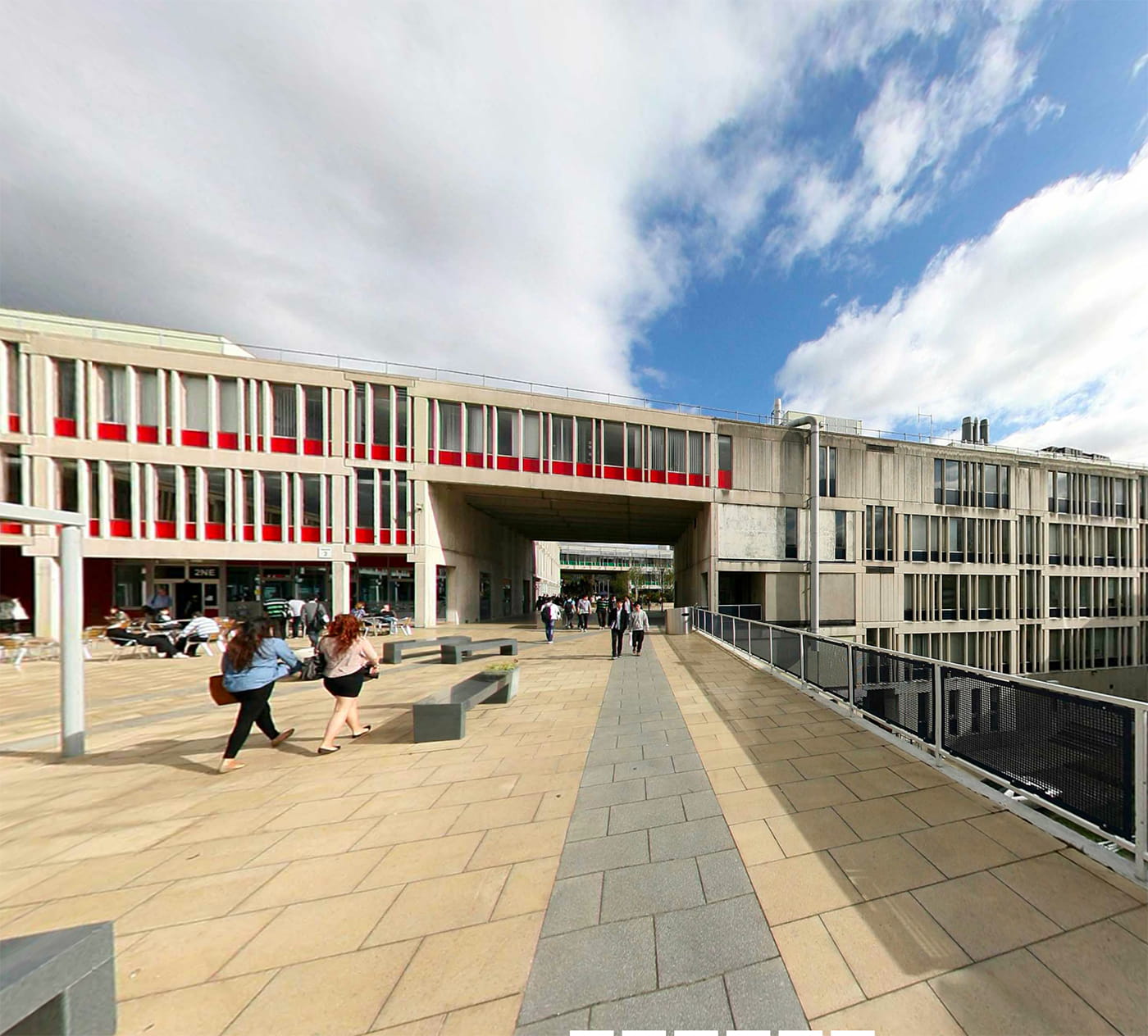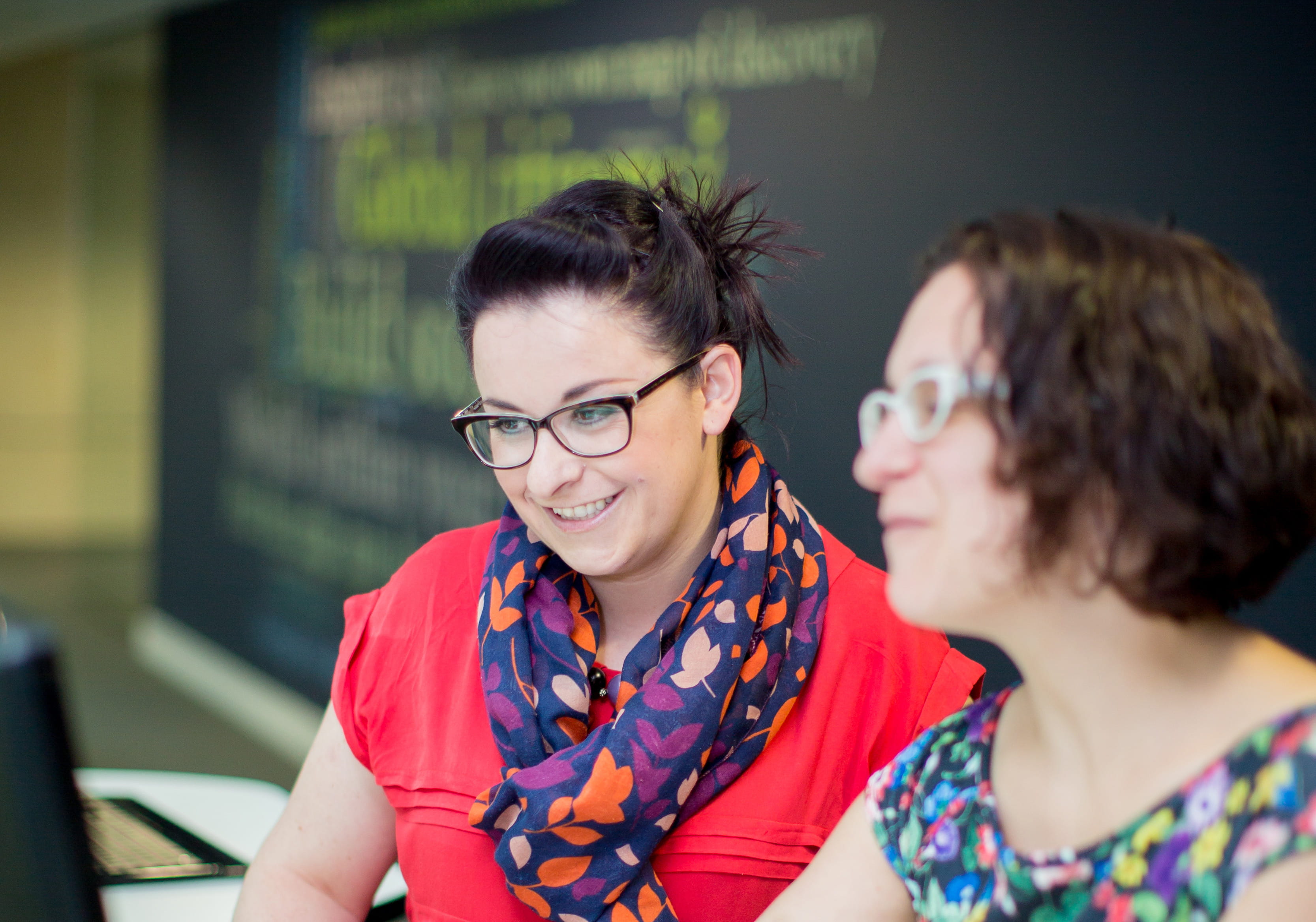Specialist facilities
Our School of Computer Science and Electronic Engineering provides six laboratories exclusively for computer science and electronic engineering students. Three of our software labs are open for 24 hours a day including weekends and you have free access to the labs except when there is a scheduled practical class in progress. Our labs are managed by an experienced and dedicated team of technical support staff who can assist you with most practical aspects of the curriculum - for example, advising on how to overcome programming problems.
Our BCI Lab comprises 70m² within our School. It is divided in four experimental areas, one of them being shielded against EM interference, and is one of the best equipped facilities for non-invasive BCI research in Europe. Our equipment includes: five EEG systems (two Biosemi ActiveTwo systems, 64 and 128 channels, respectively; two 32-channel gTec systems, and a 24-channel Mindset system), a 24-channel near infra-red system, a 16-channel Nexus EMG system (plus 8-channels for other physiological signals), a Jazz eye tracker, a Magstim BiStim transcranial magnetic stimulation system, many Biometrics Ltd electrogoniometers and accelerometers, two Edubot robotic manipulators, three Lego NXT robots, three virtual reality systems, and four Bionics electrically-controlled medical chairs, aside from the necessary computer equipment to interface with the above devices. We also have a 182-processor Viglen/Rocks cluster dedicated to our research.
Our Brooker Robotics Lab (a PC environment with 30 dual boot PCs) is equipped with about 25 mobile robots (of three different types) and ten miniature 'intelligent' rooms, and is used for intelligent embedded systems and robotics work. A range of specialist software is used, most notably a cross-development system called Tornado (the latest version of VxWorks: the software used in the recent Pathfinder project for the Mars Explorer vehicle) for developing embedded systems.
Our Robot Arena is a 100m² laboratory with a six metre ceiling height for flying robots. It has one of the world largest powered lab floors for long duration experiments of mobile robots. Our Robot Arena features a range of dedicated robotic equipment including a state-of-the-art 3D motion tracking system.
Our Embedded Systems Laboratory provides software and hardware facilities for the design, construction and prototyping of a variety of embedded system solutions. The primary focus is to provide an environment where ARM based embedded systems can be prototyped and tested as part of a range of undergraduate and postgraduate courses. Sixteen dedicated, dual screen, workstations are provided together with a range of state of the art test equipment to support the development process. In addition a number of soldering stations are provided to enable the construction of custom designed hardware. Such hardware will be designed by you as part of the courses you undertake.
Our video studio has facilities for both live television production and video recording. It is equipped with three SONY High Definition cameras (with another two available for location shoots), an 8-channel Panasonic video mixer, an 8-channel Digidesign digital audio mixer with Pro Tools software, a talkback system and a 12-channel lighting rig with a Tempo 12 controller. Blue screen facilities are available to support chroma-keying in either live broadcasts or post-production. Post-production facilities include PCs supporting the Adobe video suite (Audition, After Effects, Premiere Pro and Encore) as well as five professional AVID Composer editing workstations.
Our electronics laboratory is equipped with a standard set of modern bench equipment. The oscilloscopes are linked to networked PCs so that our students can capture waveforms from circuits under test and save the captured waveforms to their own personal networked disk space, from where they can later retrieve the saved waveforms for use in technical reports. The networked PC can also be used to access online lecture notes, and manufacturer's data sheets and catalogues on the Internet (and of course any other handy information on the Internet, such as tutorials, encyclopaedia articles, online library resources, that may be useful while working on a laboratory assignment or project work). Of course, there are also soldering irons and other wiring equipment, plus a stock of electronic components.
Our teaching in networking requires you to configure and experiment with networks, which is, of course, not allowed in normal teaching laboratories. Therefore we have a specialised laboratory designed so that you can reconfigure the networking. This lab has 32 workstations, which are PCs with demountable hard disks. Once you have been issued with a disk, you are able to act as administrator/super user and install and configure not only the operating system (usually Windows XP or Redhat Fedora Linux), but also server software, networking software or anything else. The physical configuration of the network in the lab can also be modified by our students.










